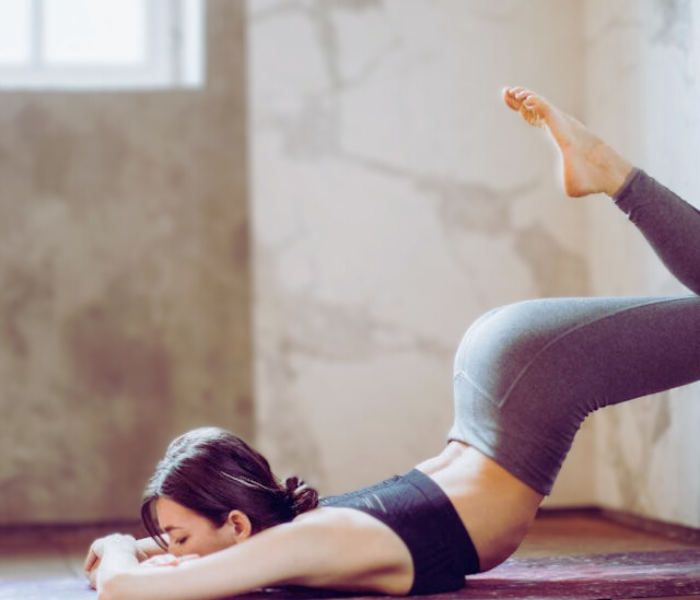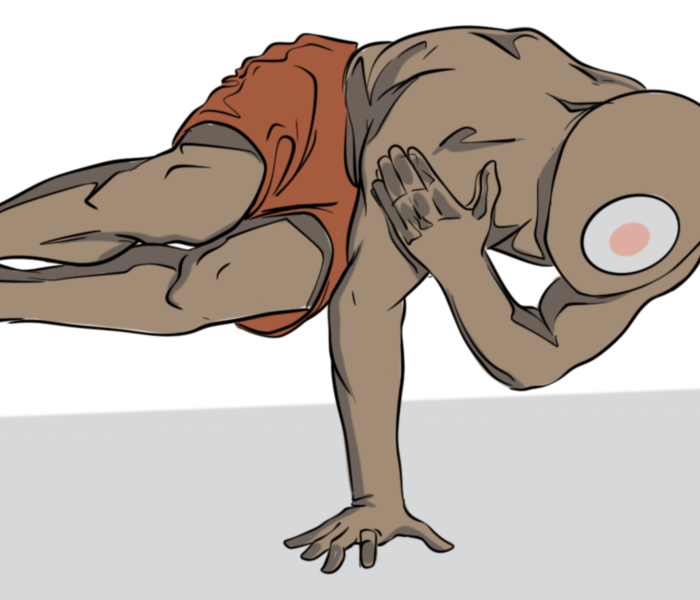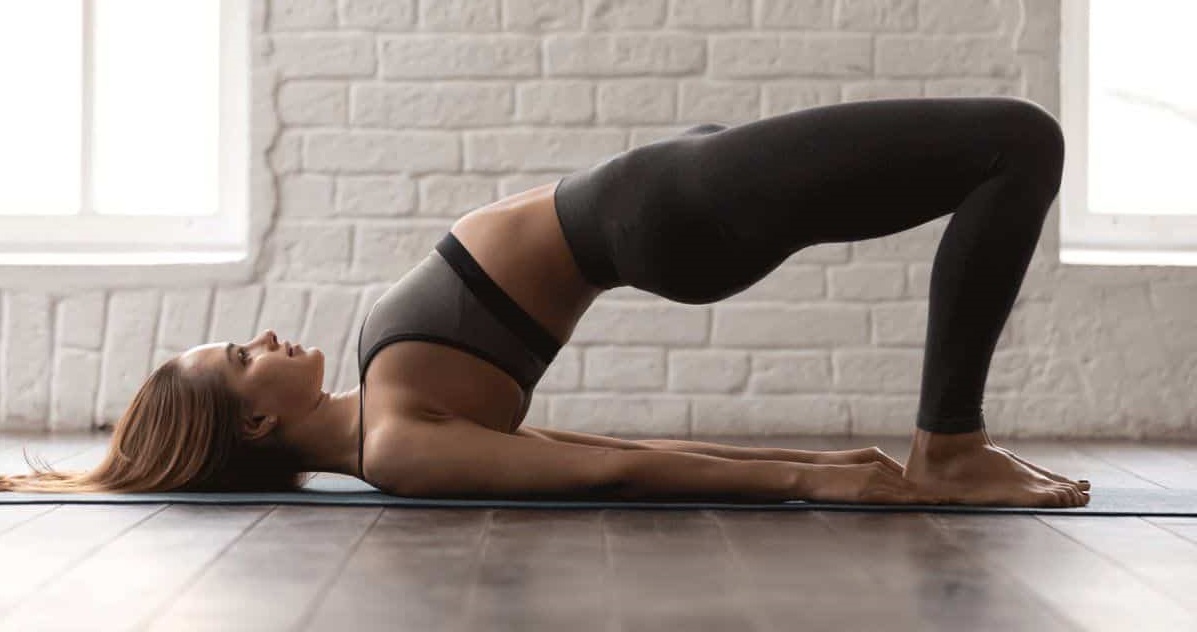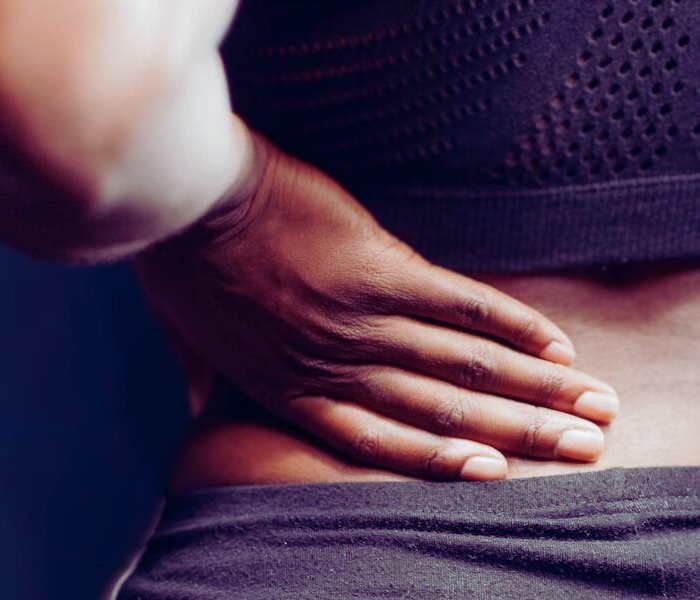yoga for the whirlwind of parenthood
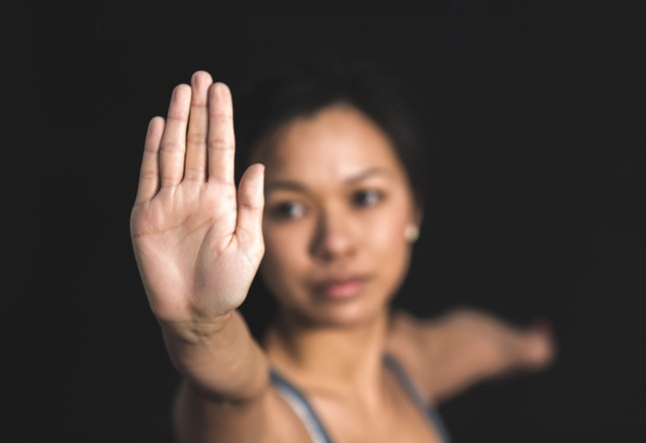
easy practices for instant relief
Although raising children may be some of the most rewarding work you’ll ever do, it is also physically and emotionally demanding. This is true whether you’re at home full time – whoever it was who said that staying home with children wasn’t “working” obviously never did it! – or whether you have an outside job.
I’ll always remember the time that both of my kids came down with the stomach flu at the same time, and my husband and I spent most of the night awake, comforting, cleaning, and moving everyone from room to room. Then came morning, and we had to decide who would go to work and who would stay home with the kids. At that moment neither option seemed particularly appealing.
In the early years, broken nights and watching toddlers 24/7 to make sure they don’t accidentally commit suicide can be downright exhausting. And the teenage years bring their own – how can I say this? – special challenges, when you sit up late at night waiting for a kid who should have been home from that party hours ago. So, yes, I know how stressful being a parent can be. Fortunately, I’m also a yoga teacher and a long-time yoga practitioner, so I’ve got a few yoga tricks up my sleeve that can bring some relief. Namely: a selection of “mini practices,” most of which take only ten minutes.
Also Read>>> Raising a Child is a Group Project
Many people don’t realize that they can practice yoga at home completely on their own, and that they don’t have to do a practice that resembles a class or video. The truth is that you can do any poses you want to while at home – even only one pose – and just ten or fifteen minutes can make a world of difference. Even though a quiet room is the ideal place to practice yoga, a room where kids are playing or doing homework can work perfectly well. Valerie Jew, a single mother of teenagers who works as a primary school teacher, says:
Yoga has allowed me to be quiet, to listen, to be patient and honest with my teenagers. The practice has given me the strength and stamina to “stay with” the difficult times. Not only does the practice provide the meditative calmness, but the time one spends alone rejuvenating is most valuable of all. Definitely, yoga, no matter how much time is spent practicing – even five minutes – will increase the amount of time and energy you can give to your family.
I have four stress management practices I’d like to share with you. The first two will work well with children, pets, spouses, or whomever happens to be in the room. The third will work better during a quiet period, either when the kids are napping or off at school. And the fourth can be done anywhere, at any time, and takes only about one minute. It’s useful for those times when you feel like you might be about to lose it (I think that happens to all of us).
Mini-Inversion Practice
Inverted poses are the most calming of all the yoga poses. Being inverted (or even partially inverted, with your heart higher than your head) stimulates receptors in your heart and neck, causing them to send messages to your brain via the nerves to slow down your heart rate and lower your blood pressure. This physiological reaction is why a supported inverted pose, such as viparita karani – Legs Up the Wall pose – will help you relax, even if other people are in the room (though probably not if the baby is crying).
The mini-inversion sequence has three poses to be done in the following order, although any single pose can be practiced on its own:
1. supta padangusthasana (Reclined Leg Stretch) for one minute per side.
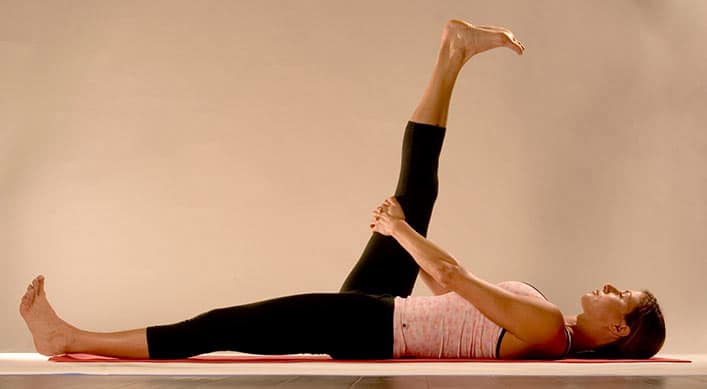
2. adho mukha svanasana (Downward-Facing Dog) for one minute.
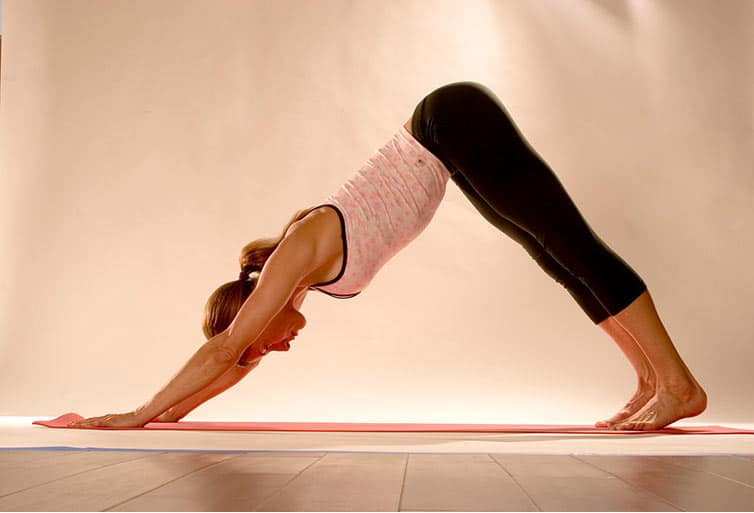
3. viparita karani (Legs Up the Wall Pose) for 10 to 15 minutes.
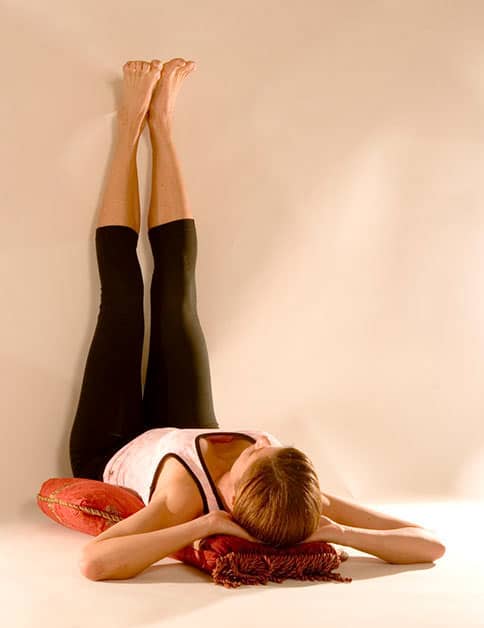
When you set up for viparita karani, make sure that the bolster is about six inches away from the wall (or more if you have tight hamstrings) and that the blanket for your spine and head is perpendicular to the bolster. If you don’t have a bolster, use a stack of two blankets folded into long, thin rectangles, or even one or two firm pillows instead.
To enter the pose, sit on the center of the bolster with your side facing the wall. Press your hands down onto the bolster to hold it in place, and then swing your legs up and onto the wall.
Once you’re up, scoot your pelvis into place on the bolster so that just the bottom of your tailbone is hanging off the bolster (your pelvis will be in a slight backbend). Make sure that your spine and head are completely supported and keep your legs lightly active.
If you’re not comfortable, try moving the bolster a bit further from the wall, or use one folded blanket instead of a bolster. Alternatively, try Instant Maui pose (described next) instead.
Instant Maui Pose
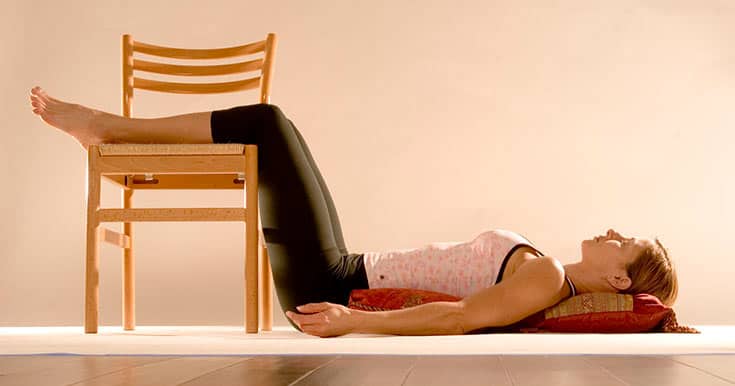
Instant Maui Pose is a very relaxing pose that almost everyone finds comfortable, easy, and, dare I say, delicious. Even being mildly inverted can have a strong calming effect on your nervous system, if you stay in the pose for ten to twenty minutes.
To set up for this pose, fold two firm blankets into long, thin rectangles, and stack one on top of the other. Then place the blanket stack about one foot from the seat of a chair, and the third blanket or firm pillow where you estimate your head will be.
To enter the pose, sit on the center of the blanket stack with your side facing the chair. Press your hands down onto the blankets to hold them in place, and then swing your legs up and onto the chair. Once you’re up, scoot your pelvis into place on the blankets so that just the bottom of your tailbone is hanging off the bolster (your pelvis will be in a slight backbend). Make sure that your shoulders are touching the floor while your head is completely supported by the third blanket, and then relax your calves completely onto the chair.
If you’re not comfortable in this pose, try moving the chair a bit further from the blanket stack, or use one folded blanket instead of two. If your lower back is irritated by the slight backbend, shift your pelvis back on the blankets so that your entire pelvis is supported.
Breath Awareness Practice
In his book “The Relaxation Response,” Dr. Herbert Benson describes the techniques that you can use to switch your body from the stress response (“fight or flight” mode) to the relaxation response (“rest and digest” mode). Although it’s tempting to drop into your bed the minute that your kids go down for their naps, you may find that conscious relaxation provides many benefits not provided by sleep – they are very different physiological states – and there’s none of that post-nap grogginess.
One of the simplest ways for you to switch on your relaxation response is to practice ten minutes of breath awareness, either in savasana – corpse pose – with a bolster or blanket roll behind your knees, or, if you tend to fall asleep when you lie down, in a comfortable seated position on the floor or even on the edge of a chair.
Also Read>>> Breathing Exercise for Better Sleep
Once you are comfortable, for the next ten minutes or more, without changing your breath in any way, simply focus on observing your natural breath, making your breath the object of your concentration. You can focus on any aspect of your breath that you can sense easily, such as the rise and fall of your belly, the movement of your breath in your upper chest, the sound of your breath, or even the sensations of your breath moving in and out of your nostrils.
As you practice, refrain from judging yourself on your ability to concentrate. When you notice that your attention has wandered from your breath (that happens to all of us), simply observe this fact without judgment and gently return your attention to your breath again.
12 Breaths Practice
Any time, anywhere, you can pause for about one minute and observe twelve breaths. Again, focus on any aspect of your breath that you can sense easily and refrain from judging yourself on your ability to concentrate.
You can pause to observe your breath throughout your day, as a way of slowing down in general. Or you can call on this practice in the midst of any stressful situation – a family fight, a traffic jam – to help you calm down and start to put things into perspective. Naturally, it is difficult to remember to do this practice when are all of your buttons are being pushed, but if you acquire the habit of observing your breath, you may find that it springs to mind as an option more and more frequently.
What and When to Practice
I hope you’ll test out all of these mini-practices to see which ones are most helpful. You can then practice whichever ones you like on a regular basis to help manage your overall stress levels, or call on them periodically to get some quick relief when you’re at wit’s end. You can also make up your own mini-practices – anything that makes you feel better is working!
Read next >> What will happen next?
